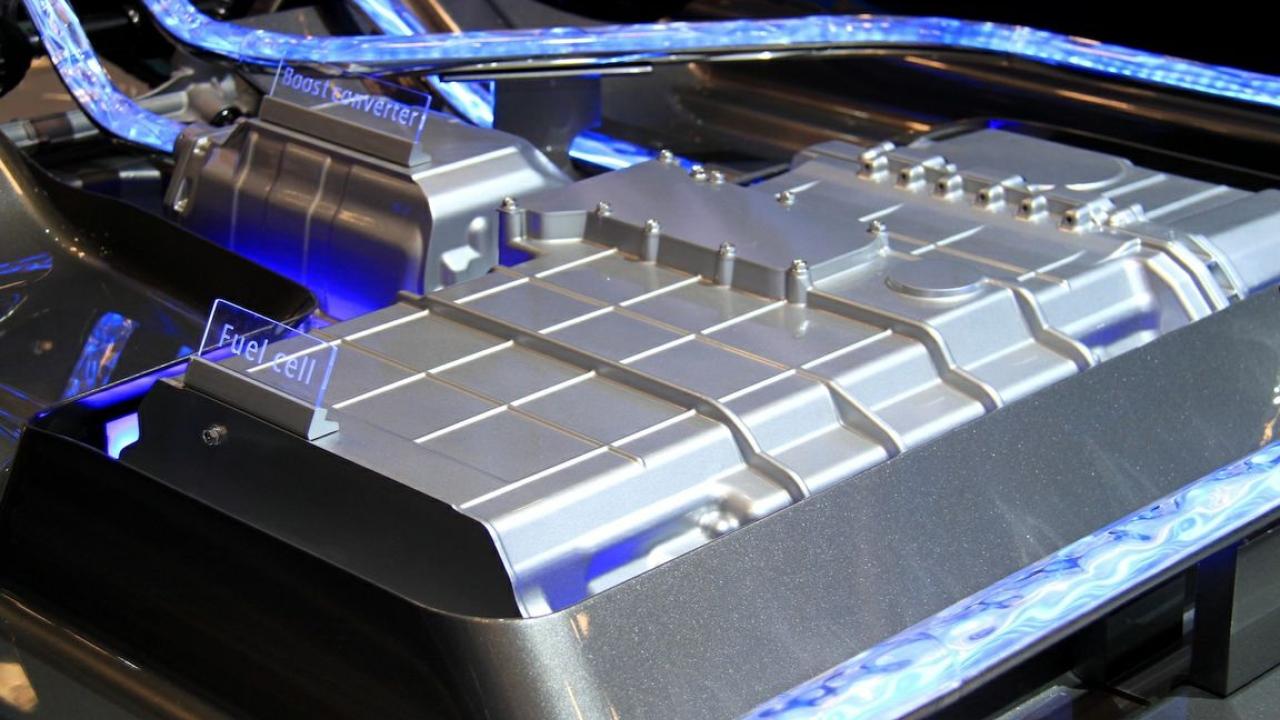A UCLA study published in the journal Nature Catalysis developed a method for predicting platinum alloys’ potency and stability as a means of creating cheap and efficient hydrogen-based energy. These findings could help accelerate the use of hydrogen as an environmentally friendly fuel source, and could ultimately make hydrogen fuel cell vehicles more affordable.
“For the sustainability of our planet, we can’t keep living the way we do, and reinventing energy is one major way to change our path,” said corresponding author Yu Huang, a professor of materials science and engineering at the UCLA Samueli School of Engineering and a member of the California NanoSystems Institute at UCLA. “We have fuel cell cars, but we need to make them cheaper. In this study, we came up with an approach to allow researchers to identify the right catalysts much faster.”
Their specialized system exceeded the ambitious targets set by the U.S. Department of Energy for hydrogen fuel cell stability, low platinum use and performance, generating 75 times more catalytic activity and 65% more power than expected. According to Huang, “this has never been done before”.
Huang’s UCLA laboratory was primarily responsible for designing and testing the catalyst, and was part of a greater collaboration with scientists and engineers at institutions across the world. The group is now partnering with Toyota Motor Corp. to develop fuel cell catalysts that can potentially become available on the market.
Read more about CNSI and UCLA Newsroom.
Study Authors:
Zipeng Zhao, Department of Materials Science and Engineering, University of California, Los Angeles
Zeyan Liu, Department of Materials Science and Engineering, University of California, Los Angeles
Ao Zhang, Department of Materials Science and Engineering, University of California, Los Angeles
Xingxu Yan, Department of Materials Science and Engineering, University of California, Irvine
Wang Xue, Department of Chemistry and Biochemistry, University of California, Los Angeles
Bosi Peng, Department of Chemistry and Biochemistry, University of California, Los Angeles
Huolin L. Xin, Department of Physics and Astronomy, University of California, Irvine
Xiaoqing Pan, Department of Materials Science and Engineering, University of California, Irvine
Xiangfeng Duan, Department of Chemistry and Biochemistry, University of California, Los Angeles
Yu Huang, California NanoSystems Institute, University of California, Los Angeles
Image Source: Unsplash/Darren Halstead





